Editor's note: According to the author of this article, @Scenery of Snail Jun, Ph.D. in Optical Engineering, Chinese Academy of Sciences.
Recently, the "Terrorist Thieves 2" was gorgeously on-line, and the wonderful pictures made everyone happy, especially the pieces where the magician controlled the raindrop hovering. Under the magician's control, the majestic raindrop hovered in the air instantly, and with the magician's gesture, the raindrops even began to move upwards, which was amazing.
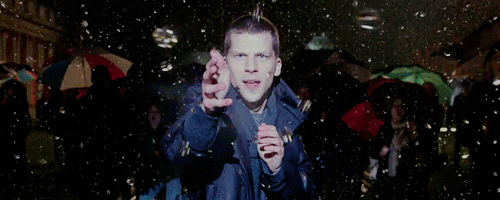
In fact, this is not magic, but using optical principles can be reproduced in reality.
To explain this phenomenon, we need to start with Visual perception of motion. Motion vision is defined as the visual perception of an object's movement (displacement or change) in space over time. In addition to humans, many animals also have sports vision, and even some animals have almost only sports vision, such as frogs.

In scientific research, we classify sports vision into the following three categories:
1. True motion vision, that is, the image of a real-world object continuously changes position on the retina with a certain speed and direction. At most moments in our lives, our visual response to moving objects falls into this category. It is continuous and therefore has an absolute velocity threshold, too low (such as clockwise on clocks) and too high (such as flying bullets). Speed ​​is not perceived by the human eye.
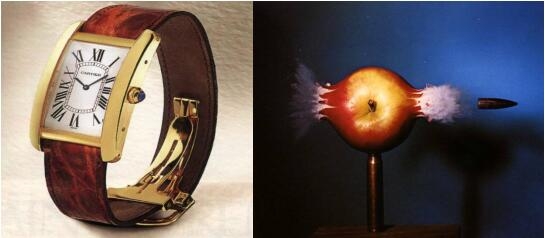
2. Appearance-like motion (Apparent Motion), that is, the static image is presented successively in the visual field of the human eye . This is because the human visual system has the function of visual persistence. For example, the blue spots that appear alternately in the figure below will cause people to create a visual experience that is moving left and right.

3, motion illusion. This is a very special kind of sports vision, because in this type, there is neither real movement of the object nor the alternation of the picture. For example, in the following figure, the visual experience of the rotation will appear after moving forward and backward.
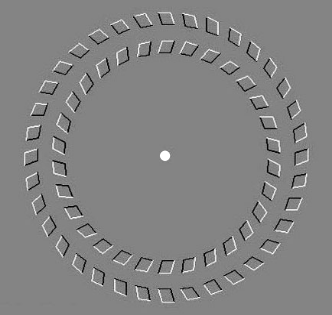
Studies have found that continuous real movements and discrete apparent movements, even though the original stimuli are different, can produce the same visual effects of motion, because the basic stimuli of motion vision are not realistic “speeds†but time and space. Related screen information. This principle is the basis of many current display technologies, namely, the use of apparent moving vision caused by a frame-by-frame changing picture to simulate the actual motion of objects in reality . The most representative is movie film.
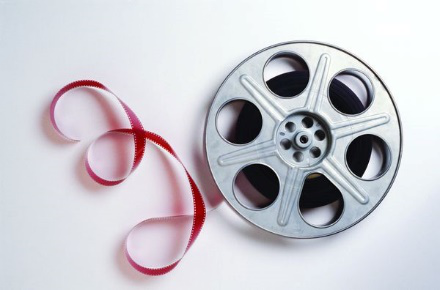
The picture is recorded at a rate of 24 frames per second or more, and then played back, allowing people to produce a continuous visual-like visual experience. At present, the technology of the film industry has reached an astonishing 120 frames per second, and the picture is more exquisite and vivid.
It should be noted that due to the apparent motion-like visual effect, the motion is no longer an inherent physical stimulus, so there are corresponding corresponding matching rules in the alternately appearing pictures, for example, the closest matching pixel in the space corresponds to the matching rule :
In the figure below, there are two white circular spots alternately in the left and right areas, but because of the spatial distance, the left area will give rise to the feeling of left and right spots, while the right area will cause people to move up and down. feel.

Furthermore, the two figures that appear alternately in the figure below have many black spots and their positions have been calculated and designed. Because the closest pixels in the space correspond to each other, the black spots in the first picture will find a one-to-one correspondence with the spots in the second picture, and the appearance of the entire picture will be generated when the spots appear alternately.
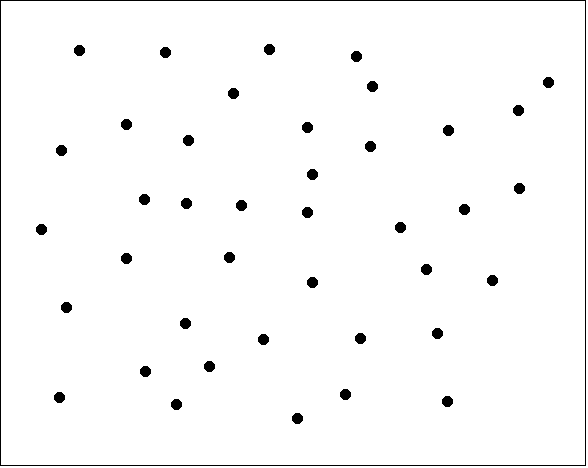
In addition to the matching of the closest pixels in the space, the pixels with the most similar shape match, the pixels with the closest color match, and the matching between pixels in the plane. Film and television, stop-motion animation and other technologies are the result of comprehensive application of various matching rules.
When watching TV, we will find some very interesting phenomena, such as wheel reversal. Assuming that the frame rate at the time of shooting is the most basic 24 frames/sec, as shown in the figure below, mark one position of the wheel with the mark arrow.

When the wheel rotates exactly at the number of revolutions per 1/24 second, the wheel appears to be stationary at the time of shooting. This situation is relatively rare, so if the wheel speed is a bit faster than the 1/24 second turn of the whole circle at the time of shooting, as shown in line B, the wheels will come forward due to the matching of the closest pixels in the space. Happening. Similarly, if the wheel speed is a little slower than the 1/24 second revolution when shooting, as shown in row B, the wheel will reverse.
The actual situation will be more complicated. Due to the existence of the hub, the wheels may rotate less than 360° and the shapes will overlap, and the speed of the wheels will not be constant. Therefore, the wheels may turn from right to left and sometimes reverse.
In short, we can see that in the use of apparent visual-like visual effects to represent the movement of objects in the real world, for some periodic moving objects, we can display a variety of visual effects by adjusting the relationship between the frame rate and the period .
Here, friends should guess how the static raindrops were created. The raindrops in reality cannot naturally achieve the hovering and ascending of the raindrops, but if the real motion vision is converted into the apparent visual motion, then the magic effect can be achieved by adjusting the raindrop cycle and the frame rate .
The magician in the movie also mentioned the use of strobe lights . The light flashes at a certain frequency. As long as the frequency is fast enough, it will not be noticeable. However, the visual system of the human eye is no longer a continuous world, but is a frame of still images that is fastened by a fast flashing light. It's like filming.
In many science and technology museums, there is an exhibition project called “Magic Water Curtainâ€, which is a row of water droplets that are stationary, some are up, and others are down at a slow speed. It should be pointed out that the effect of the film is still exaggerated by the arts. After all, such a simple sprinkler in the movie is still difficult to achieve the uniform frequency of all the water droplets, not to mention the impact of wind and other factors in the square.
Lei Feng network (search "Lei Feng network" public concern) Note: This article is Lei Feng network exclusive draft article, reproduced please contact us to authorize and retain the author and the source, complete information, not to delete the content.
In this range,including Rotary Switch,Door Switch , Push Button Switch, 303 Cord-Line Switch and so on.
Rotary Switch is mostly used in the cooler area,according to different requirement,many function can be met.For example,4 Position,6 Position,3 Position etc.
High Quality and Reseasonal Price,it is very popular.
Push Switch,Toggle Switches,Led Push Switch,Push Button Switch
Ningbo Kara Electronic Co.,Ltd. , https://www.kara-switch.com